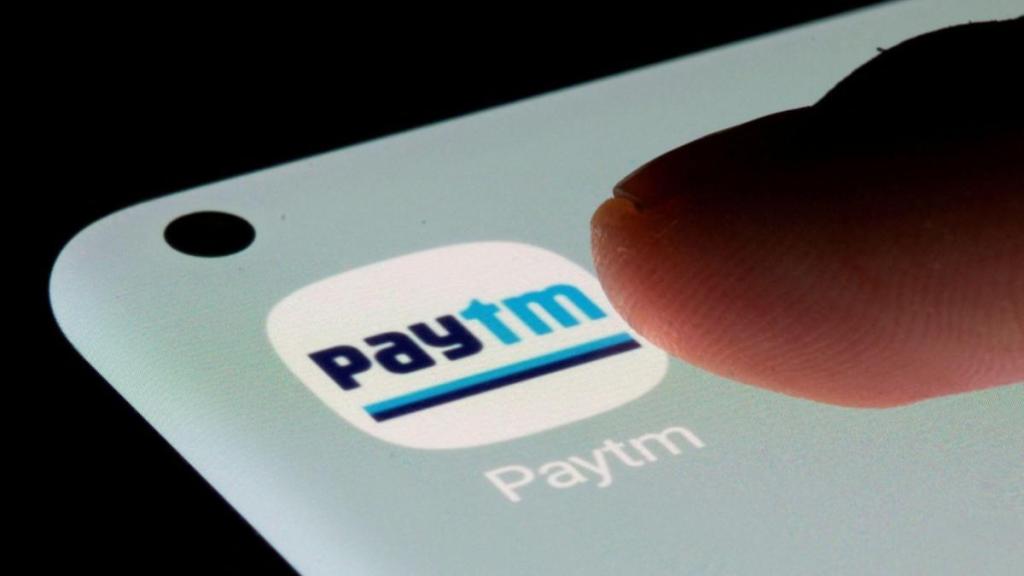Consumers today are spoilt for choice. They have more products, many more brands and certainly a range of payment options. That is great for the average consumer, but it adds to the layers of challenges for brands. Consumers can switch from one product to another without much hassle, and it doesn’t take much for their perception about a brand to nosedive.
That’s the problem facing fintech company Paytm, which finds itself in the eye of a storm brought on by the recent decision by the Reserve Bank of India (RBI) to bar Paytm Payments Bank from accepting fresh deposits or top-ups in any customer account, wallets or FASTags after February 29, citing non-compliance and regulatory concerns. This move has put the brand, credited with leading India’s digital payments revolution, on the back foot. “The current episode raises some serious governance issues at Paytm, which are the most important drivers of value when it comes to financial entities,” says Ajimon Francis, MD India for Brand Finance. He estimates that Paytm will see an erosion in its brand value by at least 20%, if not more.
Competitors like Walmart-owned PhonePe, Google Pay, MobiKwik and NPCI’s BHIM app have all seen a big jump in the number of downloads and new subscriber additions. Interestingly, PhonePe released full page ads in national dailies just days after news of the RBI order against Paytm broke. Industry observers reckon that as the February 29 deadline approaches, user additions and transactions volumes on rival platforms will only increase.
According to Paytm’s own estimates, the brand will take a good hit of Rs 300-500 crore on account of this loss of business. Apprehensive merchants are already asking their customers to now pay in cash instead of making Paytm payments.
Now look at what’s at stake. As per industry reports, the Indian digital payments market, which was $3 trillion in 2022 is expected to surge to $10 trillion by 2026. Paytm has an estimated 100 million monthly users and clocked over $60 billion in merchant payments in the last quarter of CY23. The brand is ready for some powerhitting.
It has kept all channels of communication open to allay consumer fears and doubts. It is posting regular social media and in-app advisories to merchants, debunking misconceptions around RBI’s order, and its field sales executives are reaching out directly to merchants. Satish Meena, analyst at Datum Intelligence, maintains that the company has the wherewithal needed to restrict the damage and restore confidence among customers and merchants. “Once Paytm clears that hurdle, it could be business as usual,” says Meena.
Damage control
How big is the damage and how long will Paytm take to come back on track?
Experts agree that a lot depends on the time Paytm takes to address the issues raised by the RBI. Santosh N, managing partner, D&P Advisory, says what will still work in Paytm’s favour is the fact that there has been no major service quality issue or complaints about fraud against the brand till date. “Customers will switch to other platforms until Paytm is able to sort out the issue. If the matter drags on for a long time, the brand might find it tough to win customers back,” he adds.
The major worry for Paytm is largely the confusion among merchants. According to the company, PPBL is also the country’s largest UPI merchant acquiring bank with a 40% market share. “The brand will most likely lose a lot of merchant customers, and a good part of that business could go to competing brands. However what is working in Paytm’s favour is its solid, on-ground presence and to its credit, the company has done well in reaching out to merchants daily and allaying their concerns. It is also separately seeking more time from the regulator to meet the requirements laid down,” observes Meena.
The long-term impact hinges on the company’s response and broader market trends. “The prevailing misinformation among consumers can exacerbate the issue, potentially leading to a protracted recovery for Paytm. Its competitors could see some short-term gains but building trust and offering value remain key for enduring market competitiveness,” says Prabhu Ram, head, industry intelligence group for CyberMedia Research (CMR).
Brand Finance’s Francis notes that there is also a lesson here for other players in the ecosystem. He expects other brands to swiftly shore up their compliance systems and those who have been fastidious from the start will continue to thrive.
Will the current crisis drive people away from fintech platforms in general? Not really, say experts. Thanks to these platforms, cashless transactions are on the rise and the entire ecosystem has become strong. Unless there are issues of liquidity, loss of money or cases of fraud reported, consumers will continue to rely on them.
What’s at stake
Its brand value in 2023 was $1.8 billion (as per Kantar); could see an erosion of at least 20%, if not more
Customers are already switching platforms, with companies like PhonePe recording a 15-20% increase in users since the RBI decision
With merchants opting for cash or other platforms, the brand could lose its position as the largest merchant-acquiring bank on UPI


